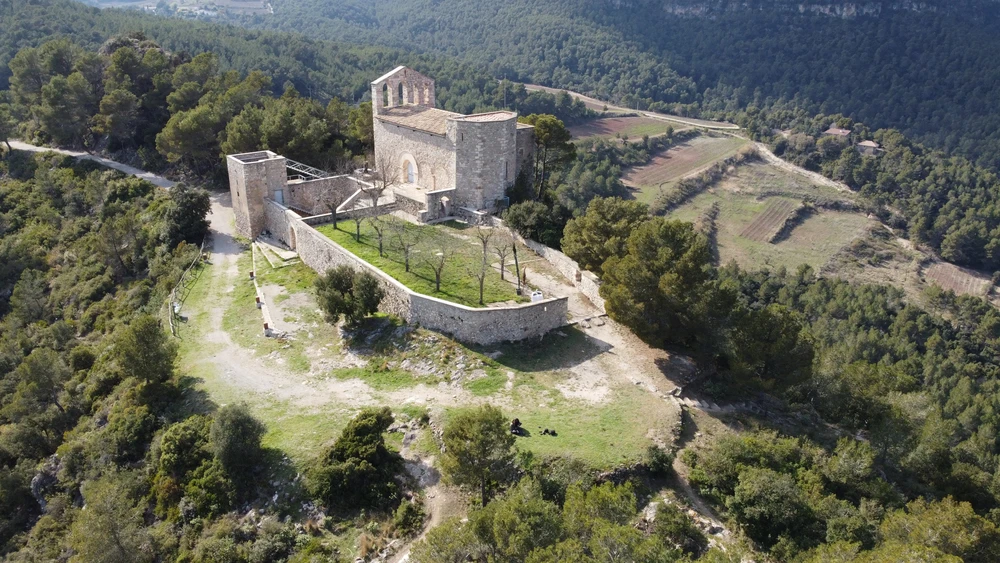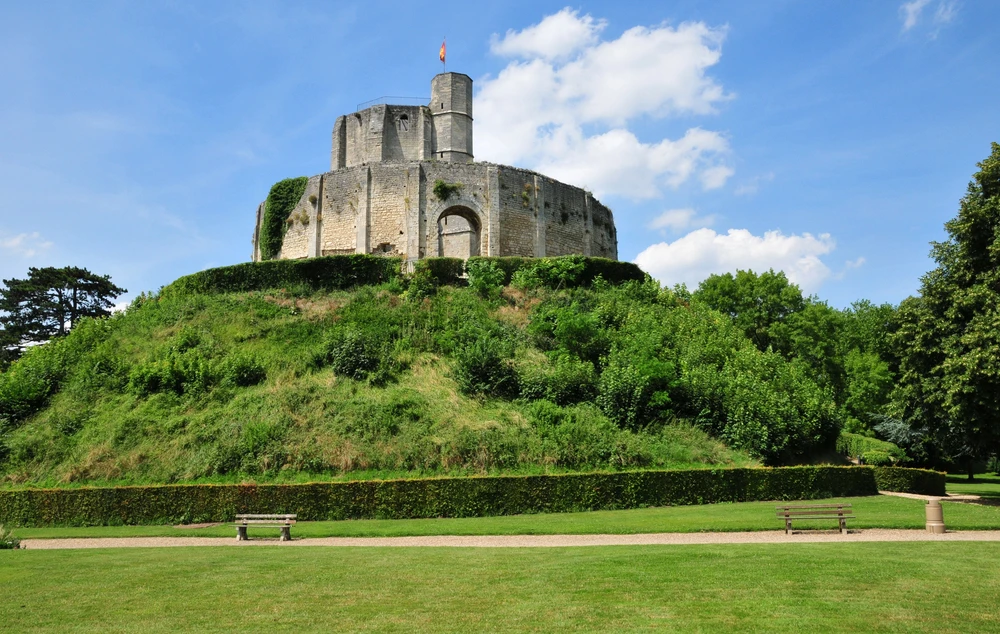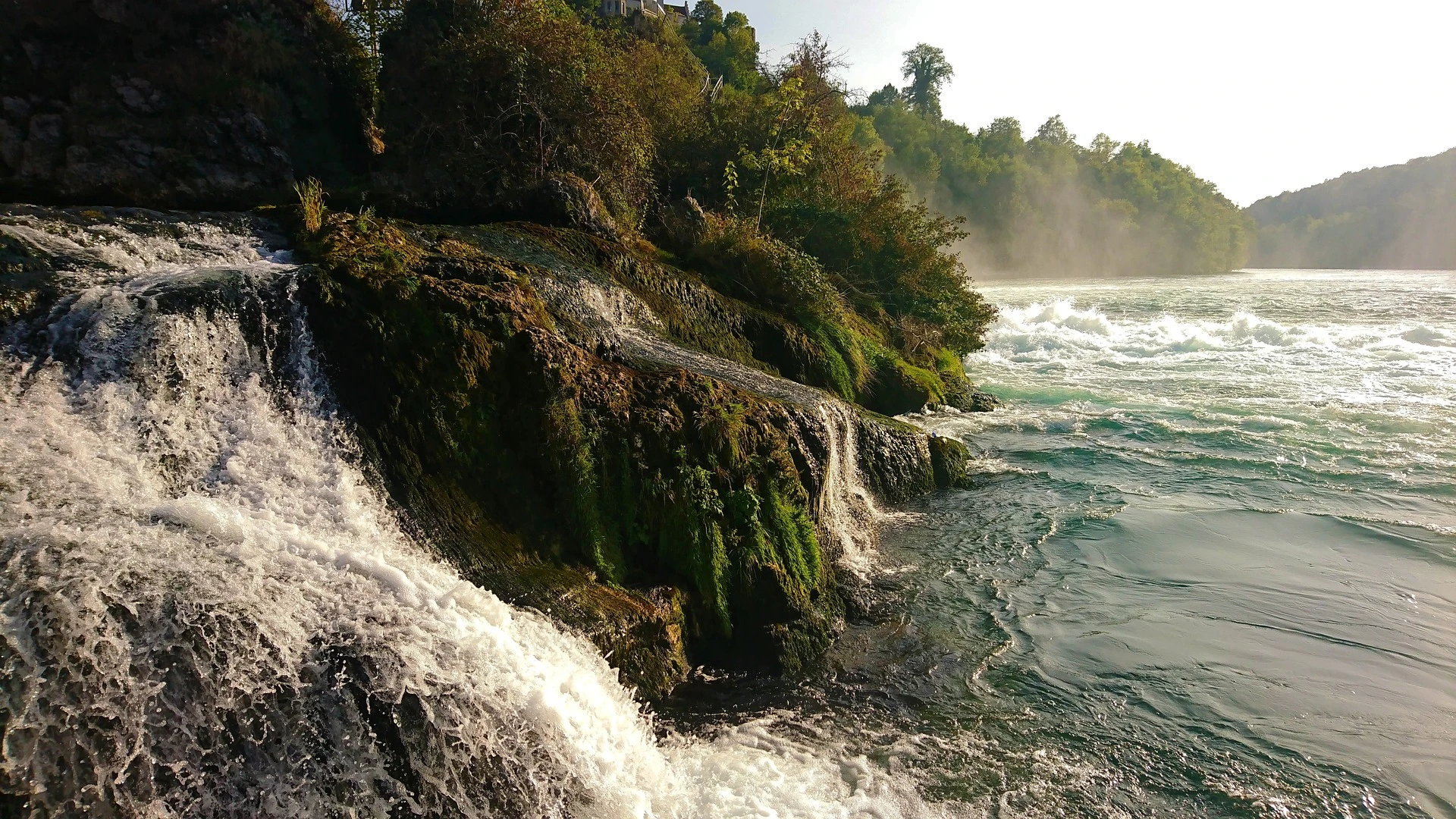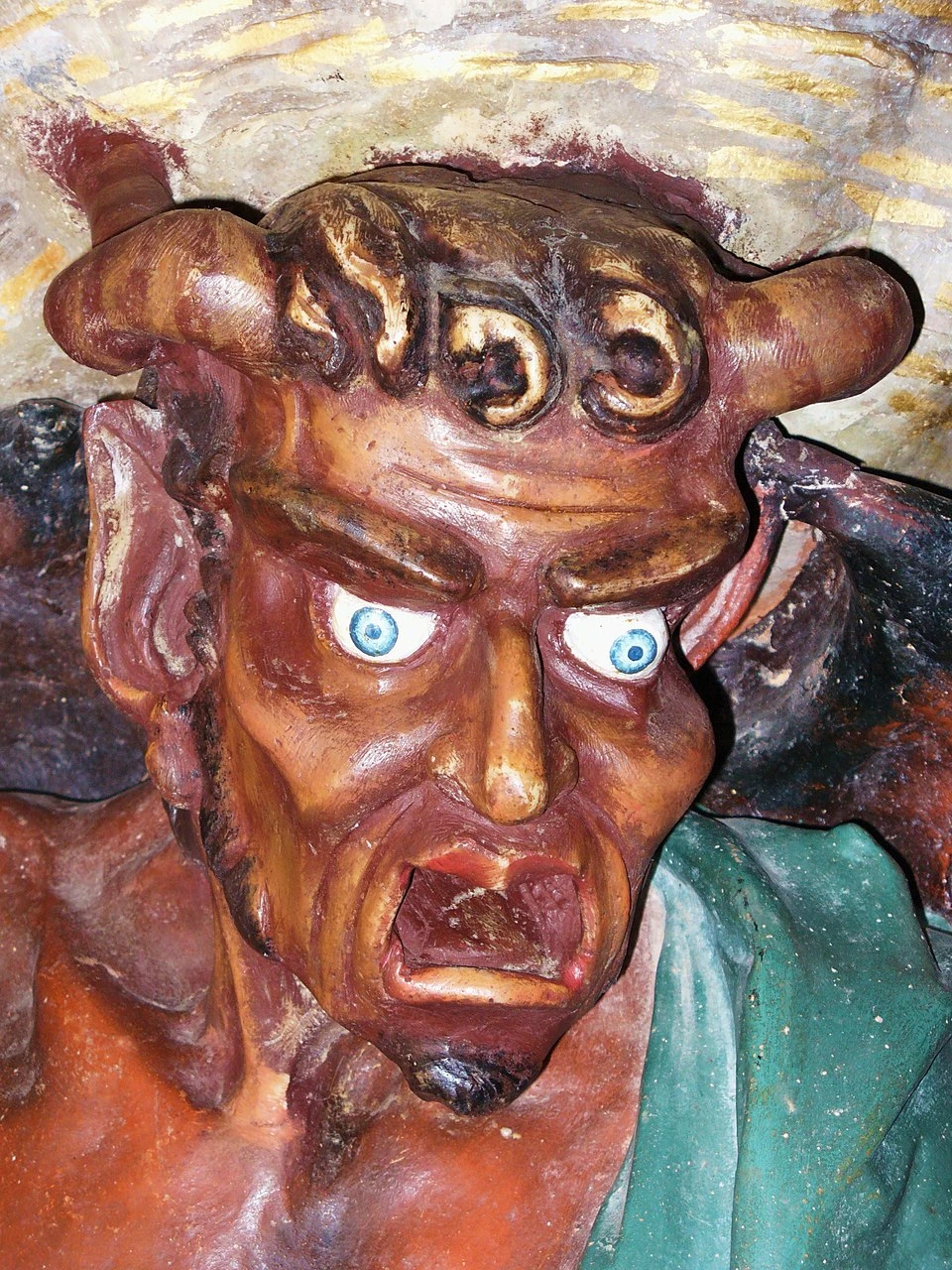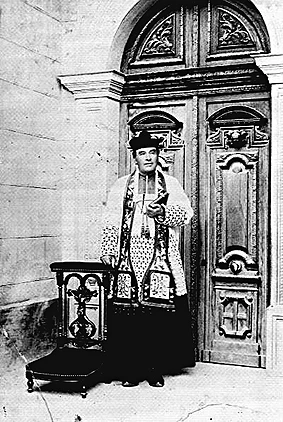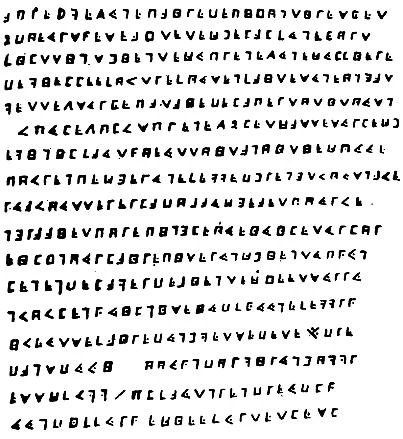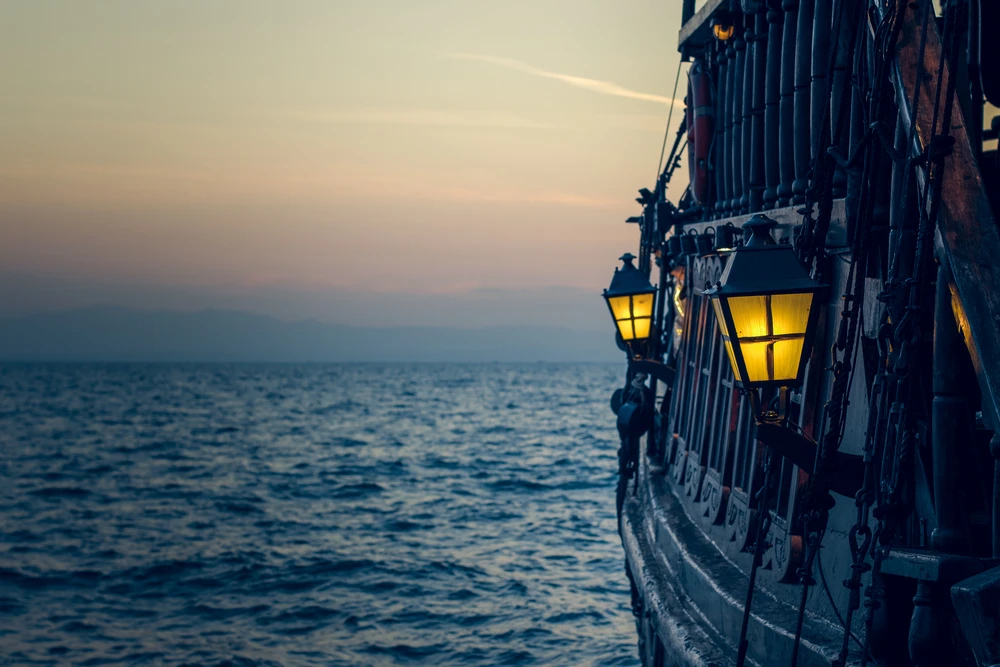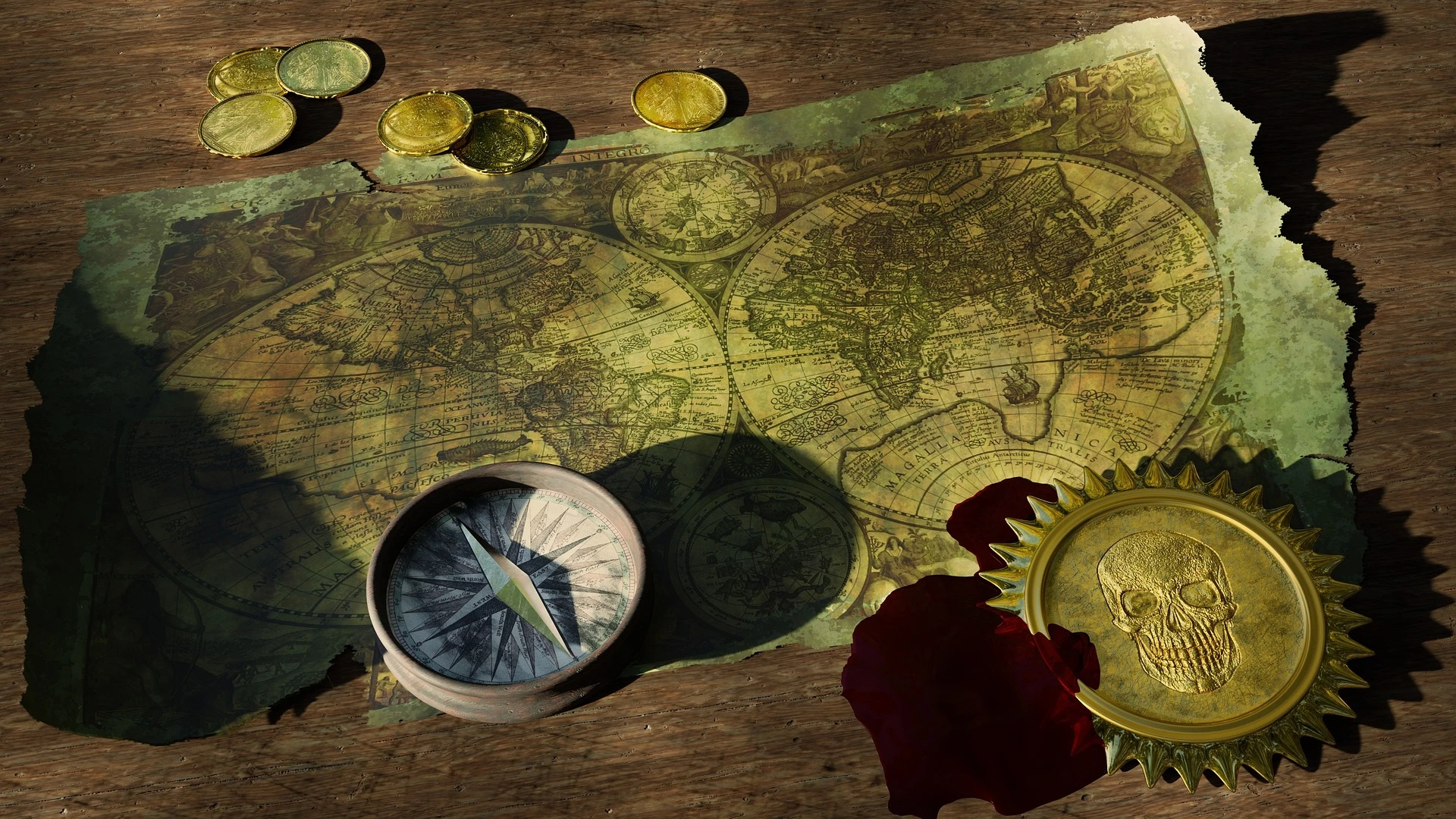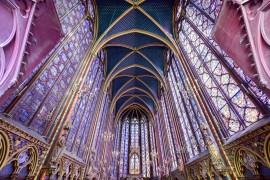Several physical treasures are believed to be hidden in France, including war loot, buried coins and lost religious or private objects. Some are based on historical documents and testimonies, while others stem from legend. Together, they reflect the long history of conflict, wealth and secrecy across France.Several physical treasures are believed to be hidden in France, including war loot, buried coins and lost religious or private objects. Some are based on historical documents and testimonies, while others stem from legend. Together, they reflect the long history of conflict, wealth and secrecy across France.
Montségur, the Cathar treasure (Ariège, Occitanie)
Montségur is one of the most fascinating castles in the Pyrenees. Perched at an altitude of 1,200 meters, it was the last refuge of the Cathars, heretics hunted down by the Church. In March 1244, the fortress fell after a long and arduous siege. Chroniclers recount that a few days before the surrender, four Cathars fled down a steep path, taking with them a mysterious treasure. Was it gold and precious stones, or the sacred texts the Church wanted to destroy? The mystery remains. Today, the climb up to the castle offers an exceptional panorama of the Ariège valley, and a plunge into an atmosphere that is both historical and mystical.
Le château de Monségur / Photo chosen by Monsieurdefrance.com: depositphotos
Access : 25 km from Foix, parking at Col de Lasset then 30 min walk.
Gisors Castle, the Knights Templar and the King (Normandy)
Le château de Gisors / Photo chosen by Monsieur de France: depositphotos
Between Paris and Rouen, Gisors is an imposing medieval fortress surrounded by moats and ramparts. Since the 14th century, it has been associated with the Knights Templar, an order dissolved in 1312. Rumor has it that the Order's treasure was hidden here to escape Philip the Fair. In the 1960s, a guard named Roger Lhomoy claimed to have discovered rooms filled with chests and statues. His claims, never proven, fueled the myth. Today, a visit to the château allows you to explore its dungeon and underground passageways, while letting your imagination run wild. Gisors remains one of the most cited places when it comes to France's lost treasures.
Templars imagined in the 19th century / Illustration chosen by Monsieur de France: via wikicommons
Access: downtown Gisors (Eure), Gisors SNCF train station 10 min walk.
Bouche-Rolland cave, the bandit's shadow (Aveyron)
Larzac is not only home to Templar cities, but also to darker legends. The Bouche-Rolland cave, carved into the limestone cliffs, takes its name from a medieval bandit who is said to have been active in the area. The story goes that he amassed a large haul of loot and chose this cave as his hiding place. Since then, generations of locals and walkers have sought to unravel its mystery, without success. Even if no treasure chest has been unearthed, the walk to the cave is a highlight for hikers, so impressive is the site's isolation and wild landscapes. Between sheer cliffs and windswept plateaus, the imagination is easily fired.
Access: close to the village of La Couvertoirade (Aveyron), accessible by hiking trail.
The Rhine, the sunken golden chariots (Alsace, Grand Est)
Image par Ma_Frank de Pixabay
Majestic and feared, the Rhine has always fascinated. It is at the heart of an astonishing legend: that of the 144 golden chariots. These chariots are said to have transported immense booty during imperial conflicts before being swallowed up in the river's tumultuous waters. Since then, fishermen and divers have reported seeing mysterious reflections, but nothing has ever been confirmed. The Rhine, a natural frontier and major trade route, still attracts dreamers of lost treasures. Today, strolls along its banks, between Strasbourg and Basel, are an opportunity to imagine that beneath the mighty waters may lie forgotten riches.
Access: numerous cycle paths and river stops on the Alsatian Rhine.
Rennes-le-Château, the mystery of Abbé Saunière (Aude, Occitanie)
The devil in the church at Rennes le château / Photo chosen by Monsieur de France: By Hawobo - Own work, CC BY-SA 3.0, https://commons.wikimedia.org/w/index.php?curid=3347556
Arguably the most famous site in French treasure legends, Rennes-le-Château has been attracting researchers and the curious for over a century. At the end of the 19th century, Abbé Bérenger Saunière, the village priest, undertook major works and suddenly seemed to be getting rich. Where did this fortune come from? Had he found hidden treasure in his church? Was it a Templar, royal or Visigoth repository? Theories abound, none of them confirmed. The village has become a tourist attraction in its own right, with visits to the Magdala Tower, Villa Bethania and the church of Sainte-Marie-Madeleine. More than a material treasure, Rennes-le-Château offers a treasure trove of stories and mysteries.
Abbot Saunière is said to have discovered a treasure in his church / Photo selected by Monsieur de France: By Author Unknown - http://www.rennes-le-chateau.fr, Public domain, https://commons.wikimedia.org/w/index.php?curid=15957415
Access: 6 km from Couiza (SNCF train station), accessible by car.
La Buse, the pirate and his enigma (Indian Ocean, French heritage)
A pirate imagined by Artificial Intelligence. Illustration chosen by monsieurdefrance.com : by Ivana Tomášková from Pixabay
The pirate Olivier Levasseur, nicknamed La Buse, left his mark on French maritime history. Captured on Reunion Island in 1730, before his execution he is said to have thrown a cryptogram to the crowd, supposedly leading to his fabulous treasure. Since then, researchers and adventurers have been trying to decipher the message, without success. The treasure, estimated to be worth several hundred million euros in today's money, has yet to be found. Although located in the Indian Ocean, this myth is part of French heritage, and still feeds the dreams of treasure hunters. On Reunion Island, museums and tourist circuits recall the legend of La Buse, which has become an inseparable part of local history.
The Buzzard cryptogram. Can you decipher it? By Bibliothèque Nationale, Public domain, https://commons.wikimedia.org/w/index.php?curid=402090
Access: Musée de Villèle, Saint-Gilles (La Réunion).
Yeu Island, between privateers and legends (Vendée, Pays de la Loire)
17 km off the coast of Vendée, Yeu Island is a jewel in the Atlantic. Its rugged coastline, secret coves and sea caves made it a haven for privateers and pirates in centuries gone by. Legend has it that some of them buried their booty here to protect it. The ruins of the Vieux-Château, on its rocky outcrop, add to the dramatic setting. The island, rich in hiking trails and unspoilt beaches, is now a place where relaxation and imagination go hand in hand: behind every dune or cave, you'd almost think there was a treasure chest waiting to be discovered.
A 17th century ship on the sea. Photo chosen by monsieurdefrance: ArtemKnyaz via depositphotos
Access: sea crossings from Fromentine (30 min) or Saint-Gilles-Croix-de-Vie (1 h).
French regulations governing treasures
by MasterTux from Pixabay
In France, the search for treasure is strictly regulated. The use of a metal detector requires prefectoral authorization. Under the French Heritage Code, any find must be declared to the town hall or the DRAC. The treasure belongs half to the inventor and half to the landowner, unless it's archaeological property, which reverts in full to the State. Any unauthorized excavation is illegal.
FAQ about hidden treasures in France
What hidden treasures are believed to exist in France?
Hidden treasures believed to exist in France include war loot, buried coin hoards and lost religious or private valuables. Some stories are supported by historical records, while others rely on local legends passed down over generations.
Did the Knights Templar really have a hidden treasure?
There is no proof of a single, clearly located Templar treasure. The legend comes from the sudden arrest of the Templars in the 14th century and the disappearance of part of their assets, leaving unanswered historical questions.
Where are most buried treasures found in France?
Most buried treasures are discovered in areas that were historically populated, traded or affected by conflict. Coin hoards often date from periods of war or instability, when people buried valuables they never recovered.
Is it legal to search for treasure in France?
Treasure hunting in France is strictly regulated. Using metal detectors often requires permission, and archaeological sites are protected. Searching without authorization can lead to fines and confiscation of finds.
Who owns a treasure found in France?
Ownership of a treasure found in France depends on the circumstances. It may belong to the landowner, the finder or the State, especially if the find has archaeological significance. Declaring discoveries is mandatory.
Why are hidden treasures almost never found?
Hidden treasures are rarely found because clues are vague, landscapes change and stories become distorted over time. Even when a treasure existed, its exact location may be impossible to determine today.

